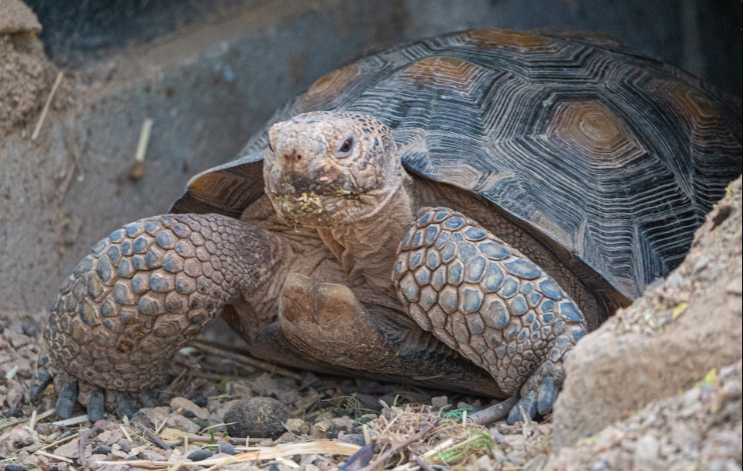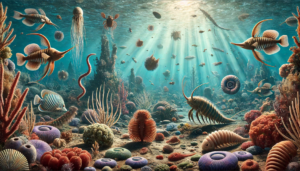
The desert tortoise (Gopherus agassizii) is a remarkable reptile that has adapted to the harsh conditions of arid and semi-arid regions across the southwestern United States and northwestern Mexico. With its unique appearance, fascinating behaviors, and vital ecological role, the desert tortoise stands as a testament to the resilience and adaptability of nature’s creatures. In this article, we delve into the world of the desert tortoise and explore some of the most intriguing facts about this iconic species.
Ancient Heritage
The desert tortoise has an ancient lineage, with fossils dating back over 15 million years. These reptiles have evolved to survive in some of the harshest and most challenging environments, making them one of the oldest living species of tortoises on Earth.






Impressive Size and Lifespan
Desert tortoises are among the largest tortoise species in North America. On average, adult tortoises can measure between 9 to 15 inches (23 to 38 centimeters) in length and weigh anywhere from 8 to 15 pounds (3.6 to 6.8 kilograms). Remarkably, they can live for an astonishing 50 to 80 years or even more in the wild.
Unique Carapace
One of the most distinctive features of the desert tortoise is its carapace, the top part of its shell. The carapace is high-domed and hard, acting as a protective shield against predators and extreme temperatures. Additionally, its coloration varies from dark brown to gray, serving as effective camouflage in its arid habitat.
A Master Digger
Desert tortoises are excellent diggers, utilizing their strong forelimbs and sturdy claws to burrow into the ground. These burrows serve as essential shelters from the sweltering heat of the day and the chilly nights. Interestingly, desert tortoise burrows can extend up to 10 feet (3 meters) in length, providing refuge not only for themselves but also for other animals seeking relief from the elements.
Brumation: Survival Strategy
To cope with the extreme temperatures and scarcity of food and water, desert tortoises have developed a unique hibernation-like state known as brumation. During the hottest and driest months, they enter a period of reduced metabolic activity, minimizing energy expenditure. This adaptation allows them to survive long periods without food and water until the more favorable conditions of spring arrive.
Herbivorous Diet
The desert tortoise is a herbivore with a primarily vegetarian diet. They mainly feed on various plant species, including grasses, wildflowers, cacti, and shrubs. Their strong jaws and beak-like mouths are well-suited for breaking down tough vegetation found in their arid habitat.
Endangered Status
Sadly, despite their impressive adaptations and survival strategies, desert tortoise populations have faced severe declines over the years due to habitat destruction, urbanization, and illegal collection for the pet trade. As a result, they are listed as threatened under the Endangered Species Act in the United States and are protected by law.
Conservation Efforts
Numerous conservation initiatives are in place to protect and preserve the desert tortoise and its habitat. These efforts include habitat restoration, captive breeding programs, public awareness campaigns, and the establishment of protected areas where these iconic reptiles can thrive.
Conclusion
The desert tortoise is a symbol of resilience and adaptability, demonstrating how life can flourish even in the most challenging environments. With its ancient heritage, unique adaptations, and vital ecological role, this remarkable reptile serves as a poignant reminder of the importance of preserving and safeguarding our delicate ecosystems. By valuing and protecting the desert tortoise and its arid habitat, we take a step closer to preserving the rich biodiversity that makes our planet so extraordinary.






